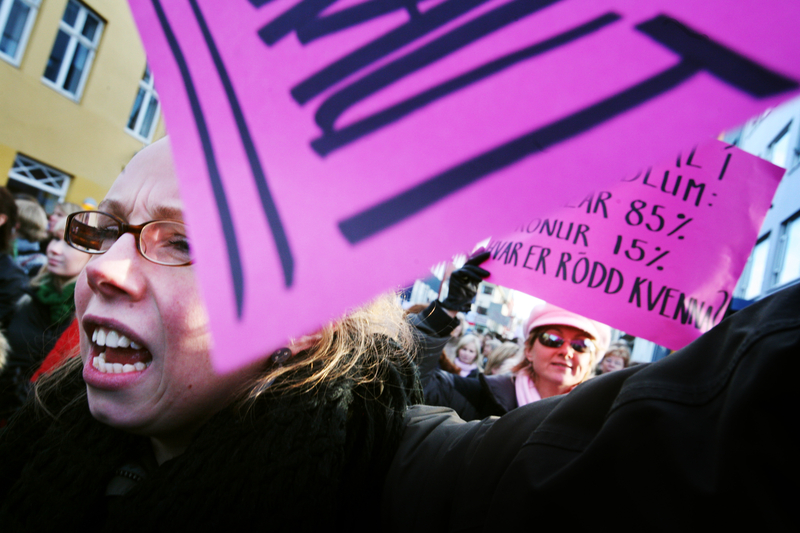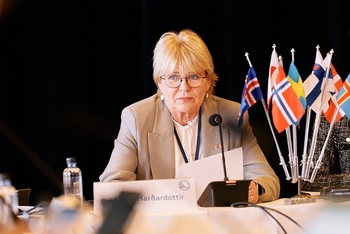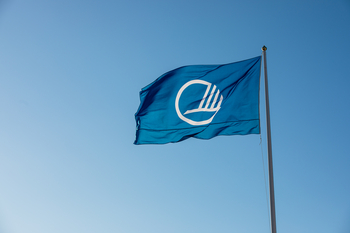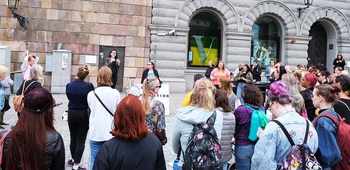Seminar: Media coverage must include more women

This was one of the messages put forward at a seminar on freedom of expression and gender equality on 2 May in Helsinki in conjunction with World Press Freedom Day, an event co-organised by the Nordic Council of Ministers.
The seminar, “Freedom of Speech and Gender Equality – Time for Media to Step Up”, provided a series of figures pointing to the sizeable worldwide imbalance between the proportion of men and women in the media.
For instance, the audience was told that just 24 per cent of those who appeared in the media in 2015 were women. This is exactly the same figure as five years ago, according to a survey by the Global Media Monitoring Project (GMMP). The first time GMMP conducted the survey, the figure was 17 per cent.
“At this rate it will take 75 years to achieve gender equality in the media,” said Sarah Macharia, director of GMMP.
Female leaders do exist
One of the speakers at the seminar, Hanne Jørndrup from Roskilde University in Denmark, said that when she confronts media managers with the fact that they only interview men, their response is that this is how the world looks and that women still do not want to talk to the media. Then she usually shows them a picture with dozens of women political leaders in Denmark.
“You can be sure that these women do not keep quiet, they would love to be heard,” said Jørndrup.
I want to see how they work with gender equality and media issues in the Nordic Region and bring it to Syria. Things will progress faster if we can learn from the Nordic Region so that we don’t have to start from scratch.Making journalists aware of the gender balance in reporting can garner results. Olga Stern told the seminar about her company, Genews, which measures how often men and women are mentioned on various Swedish media websites.
The media using Genews can see in real time how many women are mentioned in their online articles compared with men. According to Stern, this makes journalists more aware of gender distribution.
“When I started measuring the newspaper Expressen in October 2015, the proportion of women was 33 per cent. In April of this year, that had increased to 37 per cent.”
Gender equality in the media is possible
Maria Edström from the University of Gothenburg provided a concrete example that it is possible to achieve a gender balance in reporting. The Swedish newspaper Västerbotten-Kuriren has achieved this.
“Those who have achieved this balance cannot understand why others have not,” said Edström.
Also at the seminar was Rula Asad from Syria. She is the director of a network of Syrian women journalists and attended the seminar to learn about Nordic gender equality, which according to her is a role model. This is despite comments from GMMP that the Nordic Region still has a long way to go in terms of gender equality in media coverage.
“I want to see how they work with gender equality and media issues in the Nordic Region and bring it to Syria. Things will progress faster if we can learn from the Nordic Region so that we don’t have to start from scratch,” said Asad.



